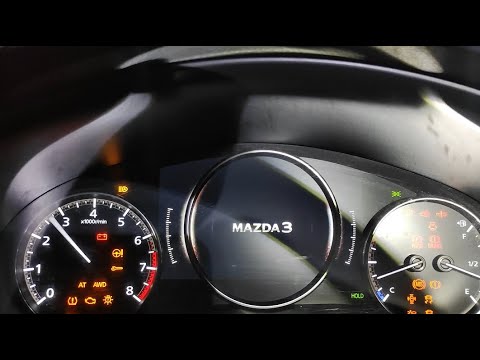Yes, I'm familiar with (and also participated in) the threads you referenced. As always with any of this stuff, it's all about the numbers. So if we're including all of the various NA cracked head cases in those threads, then the base group that it has to be referenced against would be the following collection: all CX-5, Mazda 3, and Mazda 6 NA vehicles, sold in North America, from 2018 through the current year models.
Even though I haven't bothered to look up what that total number of vehicles above adds up to, I think it's probably reasonable to say it's a big enough number to make 5-10 (or even 50-100) cracked heads be a very insignificant percentage of the total sold. And it's those numbers that keeps me coming back to believing that there's no systemic NA cylinder head issue. But as always, I'll continue to monitor future developments, and will have no problem changing my mind about this, if the wind ever starts blowing the other way.
I realize all manufactures have some problems but to put this back in perspective, this is not a small defective sensor nor some defective brake rotors that rusts out due to substandard materials used.
It's the major component of the vehicle that will costs owners $5000 to $10000 to fix after warranty expires.
Being slightly familiar with the manufacturing production lines(plastic medical components and devices), this is not some small issue nor a one-off exception. The components we made needed to work.
Process was continually monitered and part's quality checked... Defective part's(thin, incomplete, bubbles, etc.) then whole batches were thrown out, and machinery and temperature adjusted.
I have no doubt that if we took any of the Skyactiv NA CD engines or the turbo engines, filled with oil and sat them side by side and let them sit for 15 years that no cracks or leaks would occur in either engine.(assuming the gaskets held up)
The problem is time and pressure, both internal pressure(combustion) and external pressure (bumps/potholes, etc.).
The fact that multiple lines(cx-5, cx-9, etc) and multiple years have been affected leads me to believe this is more systemic. They didnt catch, redesign or modify the manufacture process til years later. So all the cylinder heads off the line were fairly similar and fairly defective. This cannot be disputed as multiple years were affected until redesign.
As the vehicle ages and the more combustion pressure and external forces it is subjected to, then more failures will occur. It is nothing more than a waiting game. Wait until the warranty period expires then it's the customers problem.
The 80 year old retired lady that lives in florida development, drives on smooth southern roads, only drives a few miles per week and drives 20 mph might never have the head crack.
The 20-50 year old drivers who drive to work everyday, and drive alot of mileage, accelerate their engines, floor it to merge, hit deformities in the highway(potholes, roadway joints(when roadway is worndown), bumps and uneven pavement on backroads), and that go offroading are probably going to see more problems.
And the whole point of this vehicle is it's marketed as an Offroad vehicle. But it can't handle the bumps ? or the engine cracks?
Additionally, not everyone posts problems on the internet. So the problem is larger than the few posts we are seeing.
While i can understand not wanting to do an expensive mass recall on all the engines, the least they could do is extend the warranty( for cracked cylinder head only and necessary gaskets, etc) to a 10 year/150,000 mile warranty on the head for those that might have the issue occur down the road.
Again, just my opinion. I have 3 more years of cpo warranty on my 2018 NA CD engine so am just waiting, testing and observing... But as more of these show up, I may trade in at some point.
The tone of my response is because I was not aware of these problems prior to purchase( the dealer didnt even explain that it had a CD engine) and the more i think about this issue and possible ramifications, it is an extra life stressor that is ill-timed.



